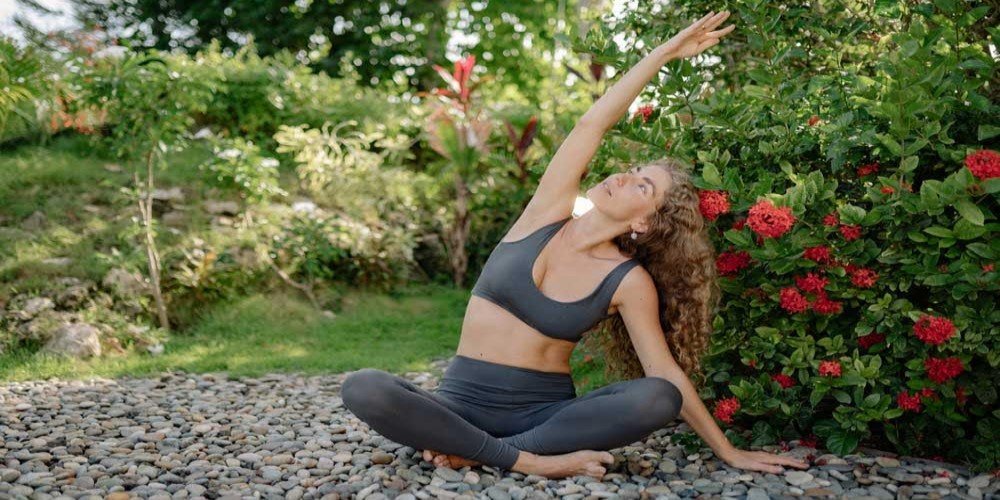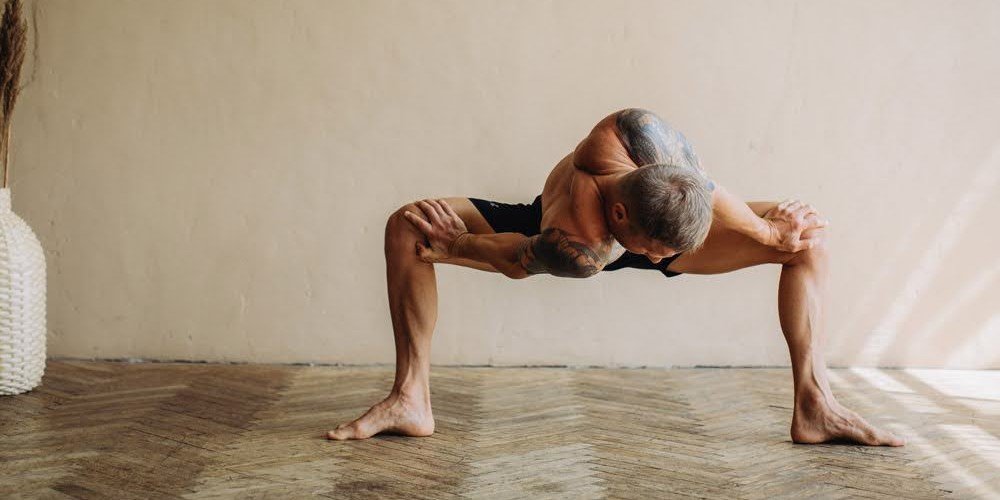The Important Relationship Between Meditation and Yoga
Meditation and yoga are closely related and go hand in hand. Without the focus of the mind gained in meditation, the practice of asanas cannot be called yoga, it then is only physical stretching. That’s why it is important to incorporate both practices into your healthy lifestyle.
The Connection Between Meditation and Yoga
While meditation is mainly aimed at cultivating and calming the every busy mind, many people today see yoga as a purely physical practice. And that’s not all it is. The Sanskrit word yoga comes from the root of juj, which is most often translated as “to unite”. But to unite what? Yoga means to connect your mind, body and the divine within you (i.e., the supreme spirit).
Another meaning of yoga is “to yoke”, which refers to the cultivation of our senses and of our mind for the wild nature through yoga. Yoga practice also includes the practice of kindness and self-control.
It’s worth knowing its origin and meaning of yoga before you start practicing. It is not necessarily the most trendy yoga clothes and equipment that will make your practice “successful”. If you just train your mind a bit, it will help you immensely to discover the depth of ancient teachings.
And What Is Meditation?
The essence of meditation is to silence the mind, to develop the ability of clairvoyance and wisdom. To see things and phenomena as they are. Meditation methods taught and practiced by the Buddha include breath observation and mindfulness meditation and Ānāpānasati, breathing meditation.
Once we have mastered a focussed mind, we can also use the method of body observation, i.e. vipassana meditation.
The meaning of Vipassana is to see things as they really are. This is a method of self-purification through self-observation. First, in order to focus the consciousness, the technique of natural breathing observation, i.e., anapanasati, must be mastered. And with this focused awareness, scan through and discover changes that pass through the body and consciousness.
To experience the changing nature of consciousness and body feeling, i.e., transience (Sanskrit: अनित्य; aniccsa). By practicing the vipassana technique, we can discover the universal truth of transience, suffering, and selflessness. The recognition of truth through direct experience is the process of purification itself. The whole path (Dhamma i.e. the teaching of the Buddha) is a universal cure for universal problems and has nothing to do with any organized religion or denomination.
Therefore, anyone is free to practice anytime, anywhere and the method will be just as beneficial to everyone.

3 Ways Meditation Improves Our Yoga Practice
Meditation Helps to Focus on the Asanas
When we do yoga, we practice on a physical level. Deepened yogis practice with an energy body connected to mind.
Every time we put the body in an asana (pose), we have to focus on that pose. If we focus the mind on the body while we are in a pose, we will fully experience the asana. Yoga asanas offer a number of mental health benefits, but in order to reap those benefits, we actually need to focus on what we are doing. To be present in the asana and to exclude any disruptive external or conscious process.
Unfortunately, many do not leave their thoughts and distractions in front of the yoga studio door. And so they are unable to concentrate on yoga. So it’s just fitness and stretching.
Different meditation techniques are known to improve focus and concentration. And that’s why they also make it easier to focus the mind on the body when you enter a yoga pose. The result is the complete immersion of the mind-body in the asana.
Meditation Helps to Discover the Philosophical Aspects of Yoga
Many yoga studios today teach yoga on a physical level and its philosophical part is pushed into the background.
Whoever really wants to immerse himself into yoga and use it as a path to a conscious lifestyle liberation, must also immerse himself in the philosophical aspect. Meditation is a good tool for this as well.
The yoga system itself contains many meditations such as Trataka (staring at a single point), chakra meditations, mantras and sound meditations (Nada Yoga). These meditation techniques not only help the mind but also prepare the mind and body for the more complex stages of yoga. So if we manage to focus correctly, in a downward-facing dog pose, we will not be thinking about what to do the next day, but about aligning our breathing and asana.
Meditation Improves Balance
If we can’t keep our balance properly during some poses and shake, like in a Warrior pose, then meditation will change that, at least according to a scientific study.
Ying Kee, PhD, and colleagues at the National Institute of Education at Nanyang University of Technology recruited 32 men and divided them into two groups. Kee set both groups on one foot as they poured water into a pool. While they were doing this, Kee asked one of the groups to be attentive to their hands, while the other group was free to think of anything they liked. Nothing was set. Kee then tested the balance of members of both groups.
The results showed that paying attention to the body increases balance, and focussing on something else than what we are doing at that very moment actually reduces our balance. So if you want to stay in an asana for a longer period of time, pay attention to your body while you are in the pose.
Anyone who is serious about immersing themselves in yoga should do the exercises on both the physical and mental level. And here, too, meditation can be the key to immersion.
The relationship between meditation and yoga is very important, so if you are already practicing one, it is worth delving into the other. Yoga, for example, can help you pick the right meditation pose. Sitting with your legs crossed and your back straight for a long time can be a challenge, but by practicing yoga, you can strengthen the right muscles and increase your flexibility as needed for this meditation position.
This is why by practicing meditation and yoga you not only embrace a healthy lifestyle, but you can also prepare your mind to focus properly while taking a class in one of the best yoga studios in Budapest.
The benefits of meditation are significant and invaluable in developing our yoga practice.If you did the physical side of yoga without meditating, then maybe it’s time to give it a try.
 English
English magyar
magyar